My Ex Put His New Family Over Our Son, So I Served Him the Sweetest Revenge

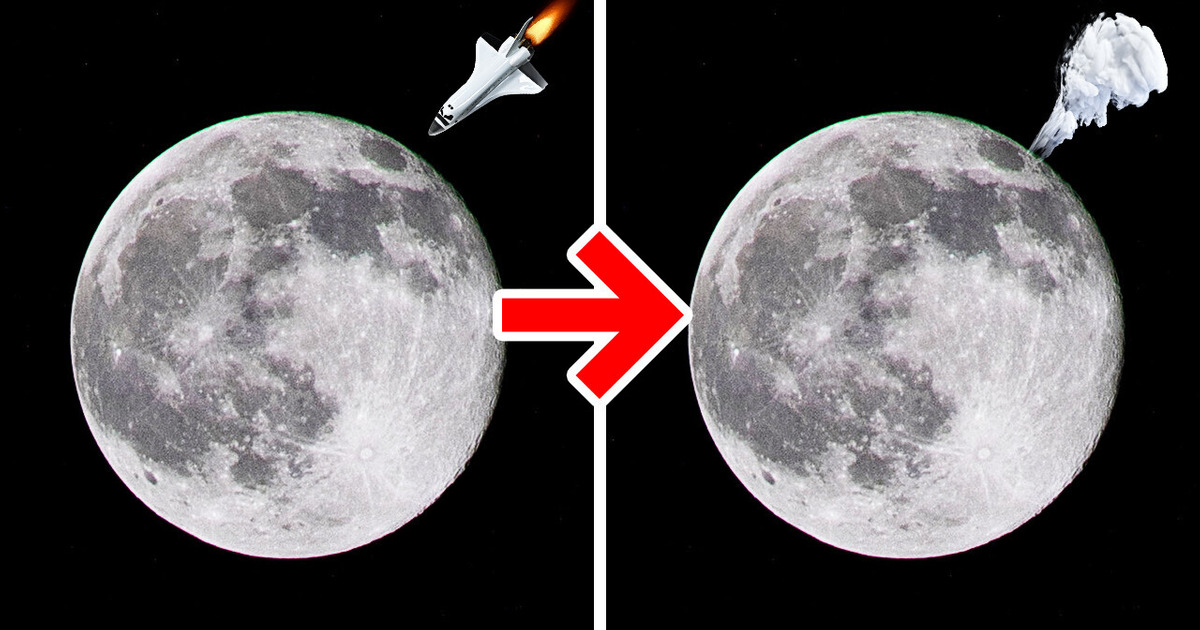
Tonight, go out and look at the Moon through a telescope, and you’ll see many craters. No one still knows how they appeared there. Some of them have formed recently. Scientists have discovered a double crater on the Moon that appeared for a strange reason.
In March, a rocket crashed into the Moon. And no one knows who owned it and why it left such a trail. If a regular rocket had fallen there, it’d have left one hole. A standard space rocket has a heavy engine on one side and a lighter fuel tank on the other.
But this time, there had to be two heavy sides on one rocket to leave a double crater. That’s strange. No one knows what it is, and no one has claimed to be the owner.
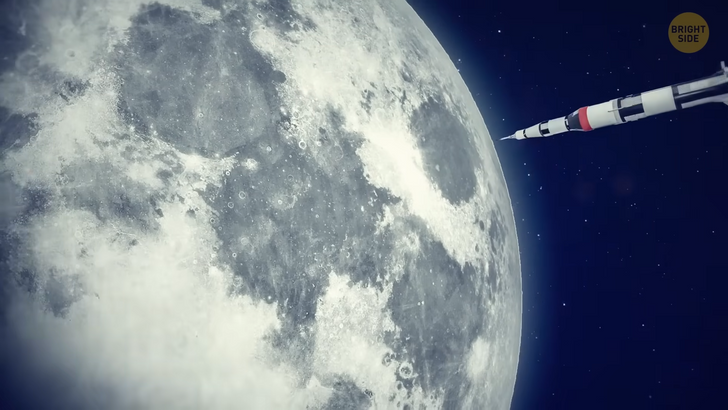
It was probably part of a large three-ton rocket. This piece had been flying in space for several years. At first, astronomers thought it belonged to SpaceX, but the company denied this claim. Also, they thought that China had launched the rocket, but this was also wrong. In the near future, NASA experts hope to find out the truth.
The problem with tracking such rockets and space debris is that this is quite expensive. Companies don’t want to spend too much money on it. But soon, this will change. People will have to spend billions of dollars to monitor garbage or destroy it since it’s getting too crowded in space.
Space companies will have to solve this problem, as it poses a serious danger to satellites and spacecraft. Just take a look. There are millions of pieces of satellites and rockets flying in space. Some of them are the size of a basketball; others are as tiny as a raindrop. The total weight of all this debris is about 9,000 tons. This is almost two thousand tons heavier than the Eiffel Tower! Okay, all this garbage is floating there, so what?
The problem is that it’s not just floating. It’s moving at a speed of 17,500 miles per hour. A tennis ball will fall apart into several pieces at such speed on the surface of our planet because of air resistance. But there’s no air in space. Nothing prevents a tiny piece of metal from reaching a speed 20 times faster than the speed of sound.
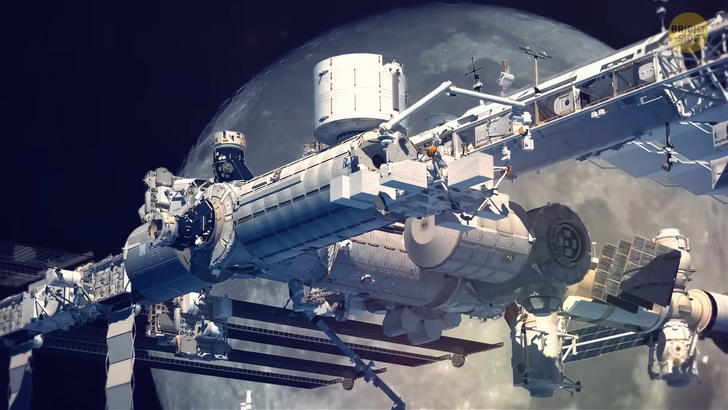
A piece of paint at this speed can easily damage the casing of a spaceship. Once, several shuttle portholes were replaced because of the damage caused by flying chunks of paint. Now imagine what a piece of metal the size of a basketball can do to a spaceship! It can bring down the International Space Station!
Many satellites were destroyed by space debris that crashed into them. And when those satellites exploded, they burst into thousands of small parts, which also turned into dangerous flying objects. For example, in 1996, a fragment of a rocket damaged ten years earlier crashed into a French satellite. In 2009, a failed spacecraft destroyed another commercial ship. As a result of the collision, about 2,300 tracked fragments appeared, as well as lots of tiny untracked ones.
Today, satellite operators receive warnings about potential collisions with space debris. But these messages are often either inaccurate or reach the operators too late. Imagine that a screw is flying at great speed toward your satellite. You’ll hardly have time to dodge it. Perhaps it won’t hit your satellite at all. This uncertainty makes these warning sensors useless.
The problem becomes much more serious when it concerns the ISS crew members. A durable spacesuit can’t guarantee protection from flying debris. And the Station itself is too large to save itself from big objects by dodging. To keep astronauts safe, scientists have a catalog of things that are the size of softballs or bigger. They monitor thousands of fragments and analyze their trajectories, material, and dimensions. Next, they use the “pizza box” method to dodge garbage.
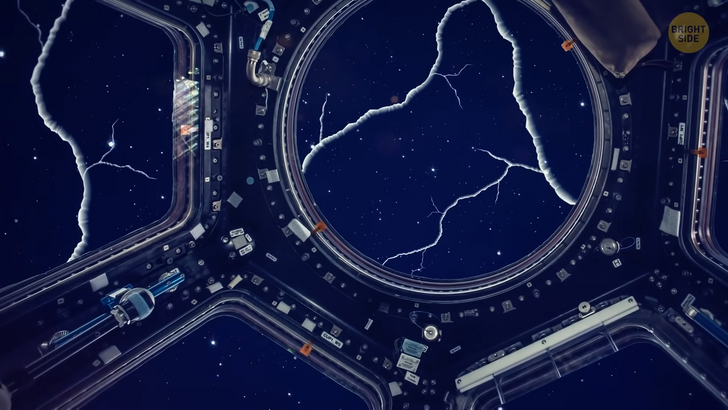
This is an unofficial name for an imaginary square that is used to calculate the risks of a collision with space debris. Imagine a giant pizza box. It is 2.5 miles deep, 30 miles wide, and 30 miles long. Now put the entire International Space Station in this box. Yeah, okay, you can have it with pepperoni. Anyway, if some space object is heading toward the edge of the box, the crew will begin to develop a plan of action.
The box’s radius is quite large compared to the Station since it’s difficult to calculate the debris’ trajectory. If there’s a chance that something might approach the box, then it can also damage the Station. When operators receive a signal about approaching debris, they analyze it. Depending on the data received, the crew begins to act in a certain way. If it’s something small and heading for some part of the ISS, the astronauts should evacuate from this part. And after that, they’ll do repairs there.
If something big is approaching, the entire Station can perform an evasive maneuver with the help of the engines or docked spacecraft. One such trick requires about five hours of hard work. The Station is a big clumsy ship, so it’s important to know about the threat in advance. From 1999 to 2020, the ISS made 29 maneuvers to avoid collisions. Three of them occurred in 2020. And there will be more since the amount of garbage increases. If some object is too big and fast and can damage critical components, and it’s impossible to dodge, the entire crew will have to evacuate.
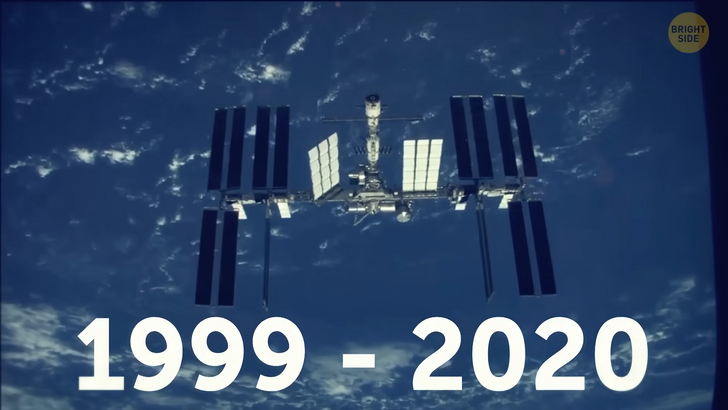
In the future, NASA and other space agencies will have to think about how to destroy this debris or remove it from orbit. One option is catching everything with extensive space nets. One agency suggested developing a solar sail that clings to debris and propels it to a low orbit. Another wanted to use an electrodynamic cable to slow down the speed of space debris with the current. This maneuver will cause space garbage to move toward the surface of Earth and burn up in the atmosphere.
But what if one of these pieces still reaches the ground? Even now, many satellite parts fall on Earth. Fortunately, this is not so dangerous. The probability of cosmic garbage falling on your house is minimal. In addition, 70% of our planet is covered with water. Of the remaining 30%, only 3 to 10% are occupied by people. Almost all space debris falls into the ocean or unpopulated parts of dry land. But let’s say some part of a satellite damages your property. In that case, the company that owns this space object will cover the losses.
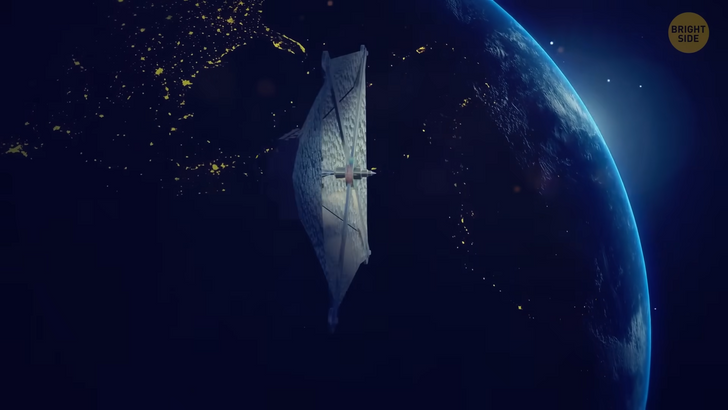
Such cases are rare and occur because of accidents in orbit. But sometimes, companies intentionally abandon their satellites. If a spacecraft is out of order, they turn it off and use the remaining fuel to slow it out of orbit, and drop it in a safe place. Almost all such objects fall in the region of the Spacecraft cemetery.
It’s located at the most remote point on Earth — Point Nemo. It’s in the Southern Pacific Ocean, east of New Zealand. The nearest island is more than 1,000 miles away. The distance to the International Space Station is much smaller. It’s challenging to get to this place since no ships travel there. That’s why most satellites end up in that area.
It looks like an endless sea. The ocean there absorbs explosive waves of any power without consequences. Even if some fallen ship or rocket causes a giant wave, it dissipates long before it reaches dry land.
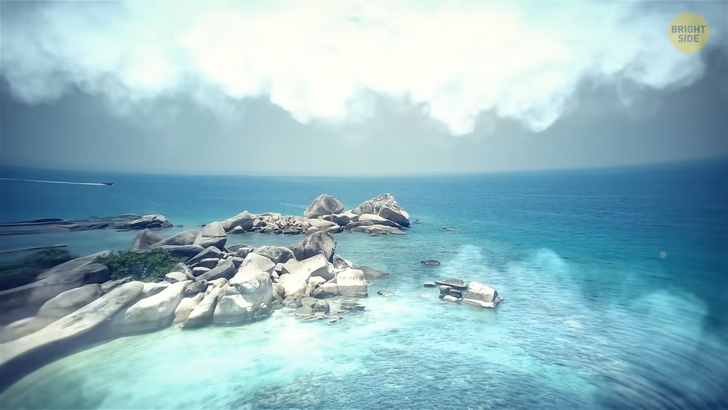
Fish and other marine creatures are also not at risk. Point Nemo is one of the least inhabited areas on Earth. Underwater currents carry nutrients throughout the ocean, and tiny living creatures, such as phytoplankton and other organisms, feed on them. But these currents don’t reach Point Nemo.
Another way to deliver nutrients in the ocean is wind. But there’s almost no wind at Point Nemo. This place doesn’t have enough food to let large life forms develop. Just imagine how lonely and silent it is there. Sometimes a broken rocket breaks this silence, crashing into the water at great speed and descending to the seabed where thousands of other satellites are waiting to welcome it.











